Article authors: Rachel O'Dwyer, Alex Estorick, Ana María Caballero
Article compilation: Block unicorn
Rachel O'Dwyer's new book, Tokens: The Future of Money in the Age of the Platform Tokens: The Future of Money in the Age of the Platform, is now available in hardcover and as a Verso e-book.
Alex Estorick:In recent years, NFTs (non-fungible tokens) have gradually attracted attention along with voting rights tokens. Why are tokens suddenly so important? Has there been a fundamental change or just a change in the language used?
Rachel O’Dwyer:Tokens have always been the shadow of the real economy. Before blockchain, Bitcoin, or any monetary experiment after 2008, we had tokens that worked in various forms. By "token" I mean a medium of exchange that is more or less than a state-backed currency. They are "less" than currencies because while currencies are at least in theory fungible - one euro is the same as any other - tokens come with strings attached; they can generally only be used by certain people or exchanged for certain goods Or in certain places or when certain conditions are met.
Take the example of beer tokens used by student union bars without liquor licenses. There are multiple historical examples of these tokens. There are special tokens for married women who do not have access to their own money. These women get by through store accounts, postal money orders or invisible dollars. Likewise, there were stamps, food stamps, and handouts for the poor, since cash was (and still is) seen as a dangerous form of relief for the vulnerable.
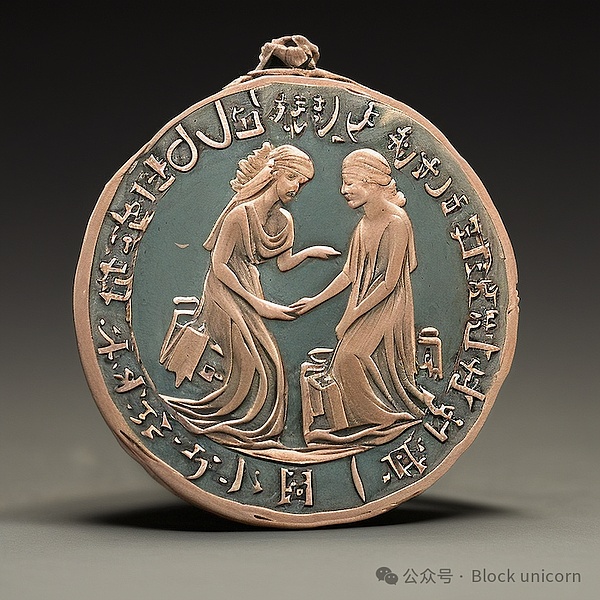
In the past, there were special tokens designed to exploit workers, not only through the wage relationship, but also upon redemption - employers paid workers wages in tokens called "notes", which were only Can be redeemed at the company store for a price set by the employer. If this sounds mysterious, today Amazon pays Mechanical Turk workers outside the U.S. and most recently in India Amazon gift points, which are tied to the worker’s status and are non-transferable.
Tokens are also "more important" than money. They name exchange value, but are also used for bragging, showing off, trolling, control, communication, investigation, and more. Greece and Rome had many examples of currency-like tokens in ancient times, but also combined exchange and transaction functions with judicial, administrative and public functions: such as tokens for accounting purposes; tokens as shares and ownership rights; recording debts and tokens of credit; tokens that grant access to secret societies; transparency tokens; voting rights tokens; gaming tokens; and tokens that serve as prestige and bragging rights.
What I find so striking is not how different our token economy is, but how different ancient or so-called "primitive" currencies are from today's tokens. How many similarities are there between coins?
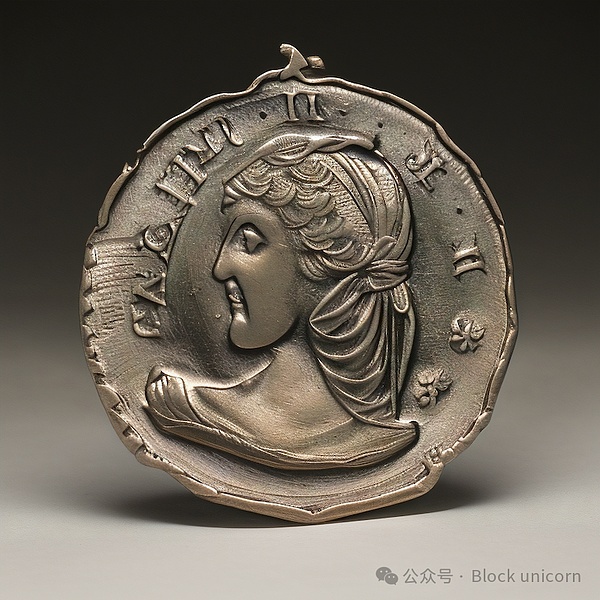
Now the coins are coming back and multiplying. There are many reasons for this. One is that, as Jaromil said, 2008 broke common taboos about money. People began to question what money was, what it did, and what it could be. They began to imagine other alternative media of exchange. Second, as platforms start to issue currency-like things and do bank-like things in the background, making the tokens stand out. A good example is M-Pesa, a mobile phone company (Safaricom) that issues phone credits as de facto currency in inflation-ravaged Zimbabwe. Some of these tokens emerged out of necessity - local users using internet stuff as actual payments, currency or remittances in a situation where payments didn't exist but a reasonably strong phone network existed.
Many of these innovations extend from the Earth's "South" to the North. If M-Pesa is one example, another is Q Coin, a currency used to buy online tokens issued by the gaming company Tencent, which quickly became the de facto online currency coin, until the Chinese government intervened and drove it underground.
Both points are important: distrust of the state coupled with the emergence of platforms that do similar banking services have given rise to the token economy. Since the pandemic, we’ve also seen a rise in financial nihilism, driving the adoption and development of tokens at a moment when all culture is becoming cyberculture.

Ana María Caballero:What history does the system of printing and minting money tell? What are the social impacts of creating a new value system? Are these impacts actually inclusive?
Rachel O’Dwyer: It’s hard to answer this question because these histories are so complex. For example, a strange literary genre emerged in the eighteenth century, which Mary Poovey called "social circulation literature." The Adventures of a Bank Note (1759-75) by Thomas Bridges and Chrysal by Charles Johnstone or translated as "Guinea" "The Adventures" (1760-65) are all narrated through money. The coin or note tells the story of all the people it met on its journey, and the conversations it overheard during its delivery. Chrysal in Guinea describes its journey through colonial trade networks, from North America to Britain to the Netherlands and Germany. As Krisal puts it, money is believed to have the power to "enter into the hearts of its immediate owners and decipher all the secrets of their lives." The token witnesses everything around it.
I really like an art piece by artist Cildo Meireles called 《Insert Ideological Cycle: The Money Project< /strong>》(Insertion into Ideological Circuits: Banknote Project, 1970). He printed secret messages on banknotes—anti-imperial screeds like “The Yankees Come Home”—and put them back into circulation.
Here, cash is like a primitive form of social media—something everyone uses but no one fully controls.
People carve messages into this medium, and sometimes it’s funny, like in 2015’s Dr. Spock (Leonard Nimoy) ) died, Canadians changed theimage of Prime Minister Wilfrid Laurier tolook like the former. But sometimes, the messages are political, like the 2019 Harriet Tubman Seal, in which U.S. citizens stamped President Jackson’s face on the $20 bill. The former is covered by the head of the woman who led the Underground Railroad.
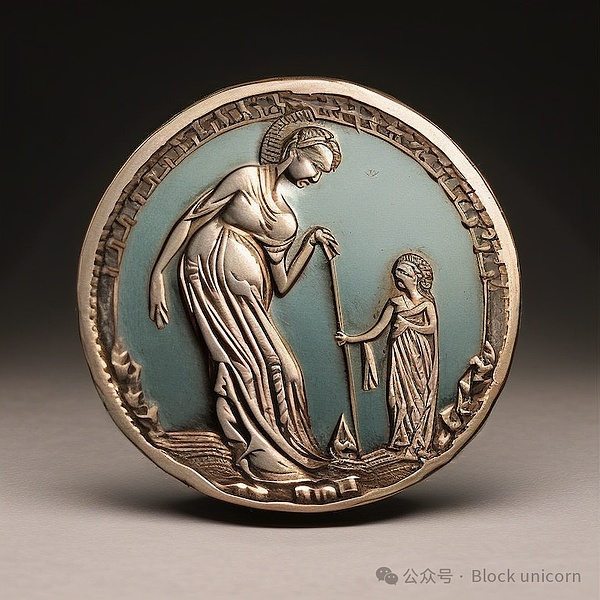
In Ireland, where I'm from, I've seen pictures of Euro banknotes with the words "No Borders: Ending Direct Provision" - an inhumane accommodation system where asylum seekers wait for the outcome of their applications He was detained indefinitely in a prison-like environment. It’s more important to have this information engraved on money than on a wall, don’t you think? It's something that speaks to us as a nation and it's a response to power. Users of Tubman's seal described it as an act of civil disobedience.
In the early 1900s, when women sought universal suffrage, some penny coins were painted with the words "Vote for Women." I like to think of theSuffragette Penny (the smallest denomination coin)as an NFT. While other Victoria pence coins are identical, the Suffragette coin is unique - inscribed with different values and claims.
In tokens, I also considered multiple examples where communities tried to create tokens with "other values" attached: accounting for the public Tokens for resources; tokens for maintenance; or tokens designed to price negative externalities such as environmental damage. I had the pleasure to speak recently at Transmediale with Olúfẹ́mi O. Táíwò, whose new book Reconsidering Reparations (2022) has just been published. I think he pointed out very gently in our interview that sometimes economists and monetary theorists can get a little obsessed with money as the solution, when the solution has to happen on the books! But maybe the answer isn't to try to solve these problems with the market or the right token, nor should we always try.

The dark side of a medium of exchange that is not easily fungible and/or programmable is the platform or state script that converts value into tokens.
We see this in the US with SNAP benefits - a relief token that can only be used to buy what the state deems appropriate for the poor, including certain types of food, but not alcohol or delicatessen, delicatessen or hygiene products. This is not only the value of money, but also the embodiment of value. Faced with the future of CBDC (Central Bank Digital Currency) and platform-issued currencies, tokens with value and strings attached are obviously worrying, but is there room to maneuver; we determine what value we want to be encoded into the medium of exchange. ? Or are we better off leaving it alone?
Tokens also looks at the history of attempts to create new forms of money, inscribing alternative values into our medium. I explore the history of alternative monetary systems such astime banksanddemurrageand their use in early anarchist communities in Europe and the United States. Most are spectacular (and sometimes hilarious) failures. Creating a new economy or society involves more than simply creating different tokens. Typically, when economists approach this problem, they think of it as an economic problem—a price problem. When engineers or computer scientists approach it, they think of it as an architectural or engineering problem. Too often, currency reform issues are approached through the lens of technological determinism—if you simply build the right blockchain or protocol, the right society will magically follow. But to reshape society, it’s not enough to rely solely on killer apps.
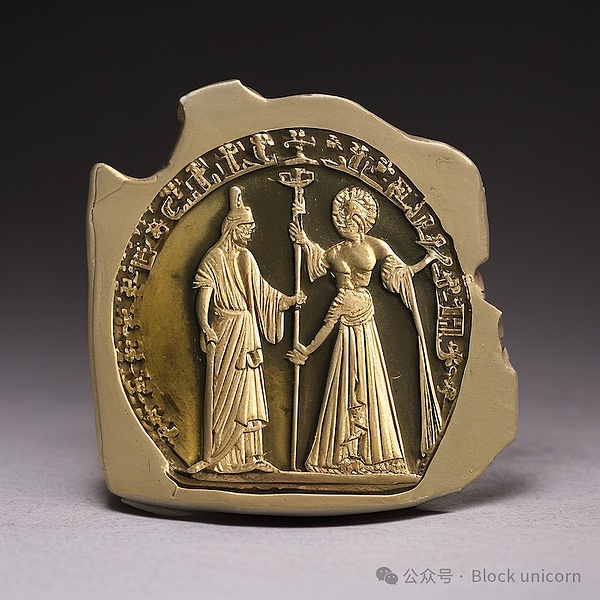
Alex Estorick:In the era of NFT, what does currency mean? NFTs seem to collapse the distinction between art and currency? Is the function of art in society quietly changing?
Rachel O'Dwyer: There is a good one in Mckenzie Wark's paper "My Collectible Ass" The segmentation is very useful for this problem. With the rise of commercial capitalism and the rise of the art market, art became a commodity. Artists also become more individual, and their works have value because of their unique status.
Today, art is more like a derivative; its value is less in the material or aesthetic value of the work and more in the network effect, hype, or information circulating around it.
Thinking of value as a bet on information or network effects allows us to move beyond art as an asset class (as art has long been an asset class) and think about the increasingly abstract financial instruments associated with such specific assets. Today, what is sold when art is transferred is no longer a material thing, but a system of rights and behaviors. Lately, art has focused less on physical objects and more on the messages that circulate around commodities. In the economy of conceptual art and NFT, what matters is not the physical entity of the work itself, but the rights system that circulates around it.
In the Tokens article, I told the story of Dan Flavin’s certificate being damaged in a fire. Flavin is a conceptual artist known for his sculptures made from arrangements of found fluorescent light bulbs. The collector still owns the material assemblage, but the deed has been destroyed. Although they still own the material work, they no longer own the Flavin - because all the value is in the contract. That sums up the moment we’re in right now. It tells us a lot about why NFTs are valuable. This is really frustrating.
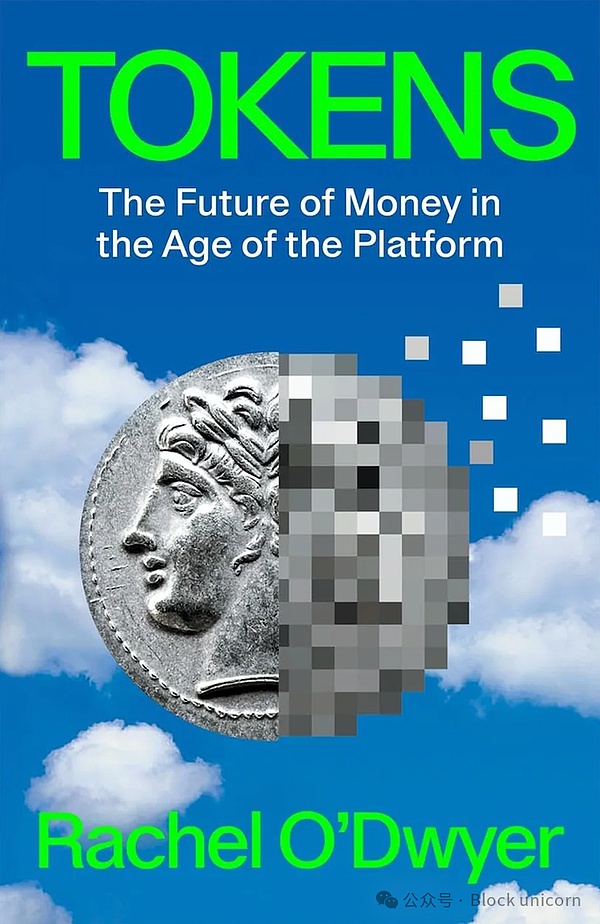
Ana María Caballero: In your book, you poke fun at male-dominated cryptocurrency conferences that may be building a new token economy. If a new token economy is being built primarily by men, then, to paraphrase Landon Wenner, what is the political significance of these novel artifacts?
Rachel O’Dwyer:I started making money because of my activist leanings. But I quickly became exhausted and disillusioned. I’m guilty of “burnout,” which makes it sound like I’ve done a lot of work to get to this point, but I haven’t! I find the politics and atmosphere in the cryptocurrency and monetary activity space exhausting. In my twenties, I lived in a house in Dublin with my now-husband, his sister, and a bunch of other lovely people. It's very inclusive. There are a lot of people coming and going all the time. Most of us are involved in various social movements outside of our day jobs, whether local groups focusing on areas like anti-gentrification and anti-privatization, or more global projects.
Aside from these things, my expertise is mainly in digital sharing and I am involved in different alternative economy projects outside of Ireland. During this busy period of 2015, I hosted many people, including members of Robinhood, the P2P Foundation, and various money activists. […] I began to notice the underlying sexism in tech activism and found it annoying.

TokensThe article features a money-turned-human rights activist that, while intended to be funny, is actually a rather disturbing experience. I was asked to organize a seminar for a university on money and public resources. The job was unpaid, and I was the only woman invited—the “token” woman, I guess. Björn, I won't use his real name because he struck me as a litigious person, he was very aggressive and attacked me saying that money activism is maybe not the friendliest thing to non-white Europeans or The most accepting place. Perhaps white European men wouldn't feel the need to resort to discrimination to prove their inferiority, he said. The meeting organizers were present, but no one took any action to challenge or defuse the situation.
There is a lot of lip service to the idea of reciprocity, but at the end of the day, the same old hierarchy or subjectivity is encoded into the project.
I know I am guilty of the same thing. I grew up with a very neoliberal mentality, and I carry that with me. I'm a terrible person for not telling other people how to reshape the economy, which is part of the reason why Tokens's text doesn't really offer any normative advice on how we should approach the future of money. I know I'm not the right person to suggest this. But maybe someone else can provide sound advice based on this?
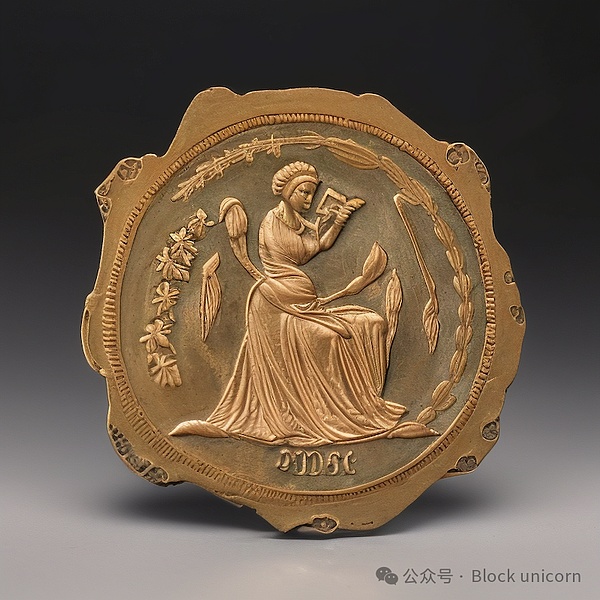
Alex Estorick: In Web3, co-authorship and open source code are highly valued, but mutual benefit is often expected. As a result, it often feels like a hybrid between the sharing economy and the gift economy. What do you infer from such community behavior?
Rachel O'Dwyer:I think there's a risk that when we use any type of token to measure reciprocity, we Contributions end up being measured too closely. For example, when interviewed about their experiences, one LETS (Local Exchange Trading System) community in West Cork observed that compared to more informal exchanges such as "It's My Turn" in a pub, However, the ledger system used in trading is a little too strict in measuring individual contributions ("What exactly have you done for me lately?").
Once we introduce accounting systems or tokens - even ones based on gifts or so-called non-market ideologies of shared and common goods —then there is a question: do we risk introducing market thinking into non-market or social exchanges. Do we risk paying too close attention to give and take?
There are no strict boundaries between market and non-market exchange, between the gift economy, the monetary economy or the sharing economy. All economic relations include social relations, and all sociality involves a certain degree of calculation.
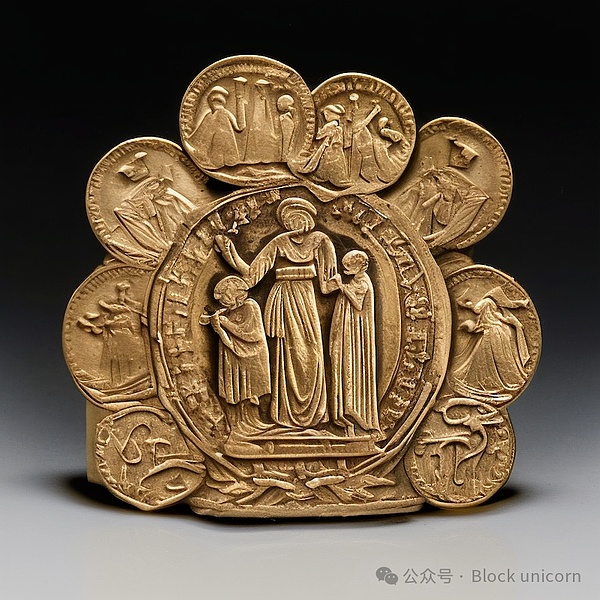
Ana María Caballero: How are NFTs different from other types of tokens throughout history? What can we learn from pre-capitalist and non-Western token economies?
Rachel O’Dwyer:Tokens are more than just value; they communicate more than just terms of exchange. They also joke, bond and play pranks. Reminiscent of the bizarre “bragging rights” of NFTs, medieval French royal tokens, called jetons royaux, had a value more related to their image than to their named exchange value or gold weight. They carry an internal language—symbols wrapped with layers of meaning—that most people who encounter them cannot decipher. If you can do that, that means you're in on the joke in some way.
In the 1990s, anthropologist Viviana Zelizer explored how general currency evolved from “purpose-designated” throughout the 19th and 20th centuries. and converted into dedicated tokens. Prior to this, most views in the sociology of money, from Marx to Simmel, held that money reduces every exchange to a transaction and every "thing" to its price. Zelizer shows that while money can be counted, it is still a deeply social technology.
By changing the function or appearance of a common currency, a simple payment can be transformed into a lover's souvenir, hospitality, gift or bribe.
As an image search for "Bitcoin" demonstrates, the coin is explicitly coded as "money." But their ability to communicate also extends beyond their exchange value. This is especially true when these tokens circulate through group chats and social media. People use payment apps like Venmo and WeChat Pay not just to send money, but also to joke with friends, prank celebrities, and even harass ex-partners who have blocked them.
In online games, tokens such as skins and emotes (an animated reaction) are de facto currency, but they can also be used to show off, insult, or celebrate. NFTs like Bored Ape and Friends With Benefits are investment tokens, but they also codify membership in an elite group. Unlike commodity currencies, which are worth as much as gold or silver, one definition of tokens is that they are a medium of exchange that is worth more than the substance they are made of.
The value of a token does not lie in itself, but in what it represents.
The connection between representation and so-called "real value" is not only the biggest question surrounding the nature of money. Arguably, this is the biggest question about meaning since the early twentieth century. The connection between representation and things is where key issues of language, art, and value boil down. This question arose when Western nations abandoned the gold standard, when artists decided to designate mass-produced objects as "art," and when poststructuralist philosophers challenged the relationship between words and things. But it clearly also comes into play when we try to understand why the tokens of Elon Musk’s tweets are “valuable” or the tokens of the Shiba Inu Internet meme are popular.
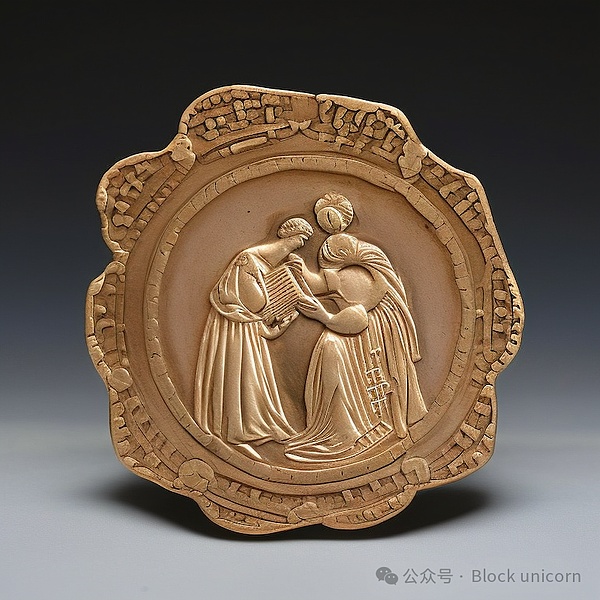
Alex Estorick: Can tokens help challenge the financialization of culture, or do they just drive it forward?
Rachel O'Dwyer:Tokens are ambiguous, so they can easily challenge financialization as well as enable it , although most of the time they are used to enable it. There are several projects using tokens to challenge or question the financialization of culture.
Zone of Immaterial Pictorial Sensibility by Yves Klein is One of the most popular pieces involved the sale of seven invisible "areas" on the Seine in Paris for a pre-specified weight of gold. To purchase the work, the buyer must meet with the artist and transfer the gold in the presence of some kind of expert witness (a museum director, curator, or gallery owner) and two other witnesses. Klein then threw half of the gold into the Seine, where it would be irretrievable. The buyer will then receive a certificate of ownership for the immaterial area. The problem lies in the following clause: Klein points out that in order to actually own the work in question, the buyer must now burn the deed. Only in this way is he the real master. From this point on, the work is no longer transferable.
Accepting a token means giving up ownership. Owning it means giving up all possibility of future exchange. What value is there when the right to exchange is lost? When exchange is everything, what is left of art?
Just as tokens can become spaces for inhabiting, hoarding, and speculating on immaterial and material value, they can also become spaces for questioning the types of value we want Or ask what value will be left in the space when all the swapping or hype is over.
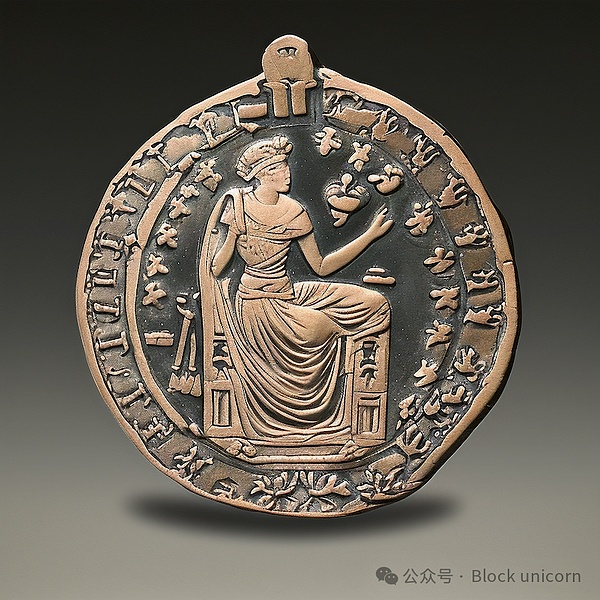
Ana María Caballero:What does it mean to you that humans have to outsource trust – putting it in external objects such as tokens and contracts? In Web3, tokens become contracts, leading some to hail the advent of “permissionless”. What are the dangers of believing that tokenized contracts are “permissionless”?
The Bitcoin White Paper famously proposed the idea of "permissionless" contracts - permissionless because we no longer need each other Trust because we can trust the code. This is a popular idea among thecypherpunkandextropiancommunities - two mailing lists from the 90s that were interested in the development of Bitcoin andsmart contracts had an impact. These communities believe that by trusting a simple agreement, you can escape the chaos of human bureaucracy, politics, and trust in others. They want to replace government with code, but that's a very simplified view of what politics and government actually are.
We still need people involved, as is evident every time something goes wrong or controversy arises in Web3's so-called "permissionless" community. The solution does not take the form of smart contracts or code; it takes the form of off-chain dissent and debate.
Permission-free is more of an aspiration or ideology than something that has existed or been practiced at any point in history or now. But we have to ask: "Why is this idea so tempting?" Why do these communities want to replace others with neat protocols? What is it about politics—incremental change, other people, or messy debate—that is so unattractive to Web3 enthusiasts? WhenPeter Thielwrites about escaping politics in its various forms in The Education of a Libertarian, why do cypherpunks and extroverts, and Peter Thiel, have no appeal?
The only projects I really like in Web3 are those that involve people and are highly disconnected. For example,Circlesis theoretically a blockchain project, but all the focus is on promoting the social connections that exist within the community, with technology being just one part of the pillars supporting it. In this case, the technology could be a button or a blockchain, but what matters is the people and the network of trust.
Rachel O’Dwyer is a lecturer in the School of Visual Culture at the National College of Art and Design in Dublin. She was a Fulbright Scholar at the University of California, Irvine, and Microsoft Research Labs, Cambridge, and is currently a Research Fellow at Connect, the Center for Networking and Telecommunications, Trinity College, Dublin. She is co-editor of the Journal of Neurology and has written for Convergence, MIT Press, and the London Review of Books, among others. She curates numerous events, workshops and exhibitions exploring the intersection of digital art, technology and value.
Ana María Caballero is a first-generation Colombian-American poet whose work explores how biology defines social and cultural rituals. unveils the romanticization of motherhood and calls into question the notion of sacrifice as a virtue. She is the recipient of the Beverly International Prize, the José Manuel Arango National Poetry Award of Colombia, and the Steel Toe Book Poetry Award, among others. Her work has been widely published and exhibited internationally. She is co-founder of theVERSEverse, a digital poetry gallery.
Alex Estorick is the editor-in-chief of Right Click Save.
 JinseFinance
JinseFinance















